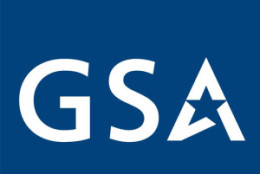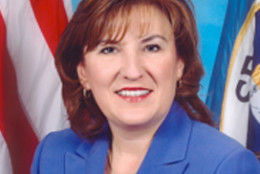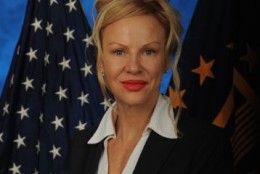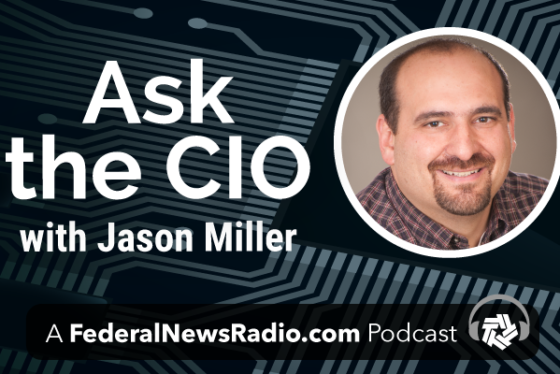Technology
-
In today's Top Federal Headlines, the National Institute of Standards and Technology is asking for advice from citizens, organizations, and agencies on methods for strengthening cybersecurity.
August 12, 2016 -
The Coalition for Government Procurement wrote a letter to GSA senior procurement executive Jeff Koses asking for a delay in the Transactional Data Reporting pilot.
August 12, 2016 -
During the first few years of the federal government’s effort to shut down expensive and underutilized data centers, the Army chalked up some early wins: more than 400 have been closed since 2010. But progress has slowed significantly in the last two years, so top officials are about to get a lot more prescriptive.
August 12, 2016 -
The Defense Information Systems Agency is dramatically expanding the time and budget for the second iteration of government-operated MilCloud service.
August 11, 2016 -
The Defense Department says it's seeing a noticeable cybersecurity culture change from its service commanders. Under DoD's Cybersecurity Implementation Discipline Plan, service leaders meet weekly with the department's CIO to discuss their performance on 10 basic cyber measures.
August 11, 2016 -
An Interior Department Inspector General report said the agency's access and encryption standards conform to National Institute of Standards and Technology requirements from 2013.
August 11, 2016 -
Christina Handley, the Federal Energy Regulatory Commission’s chief information officer, said the agency recently upgraded parts of its network backbone, and will look to the cloud for other future modernization efforts.
August 11, 2016 -
The Federal Risk Authorization Management Program is introducing two new tools this month to speed up and simplify the authorization process for cloud standards providers.
August 10, 2016









